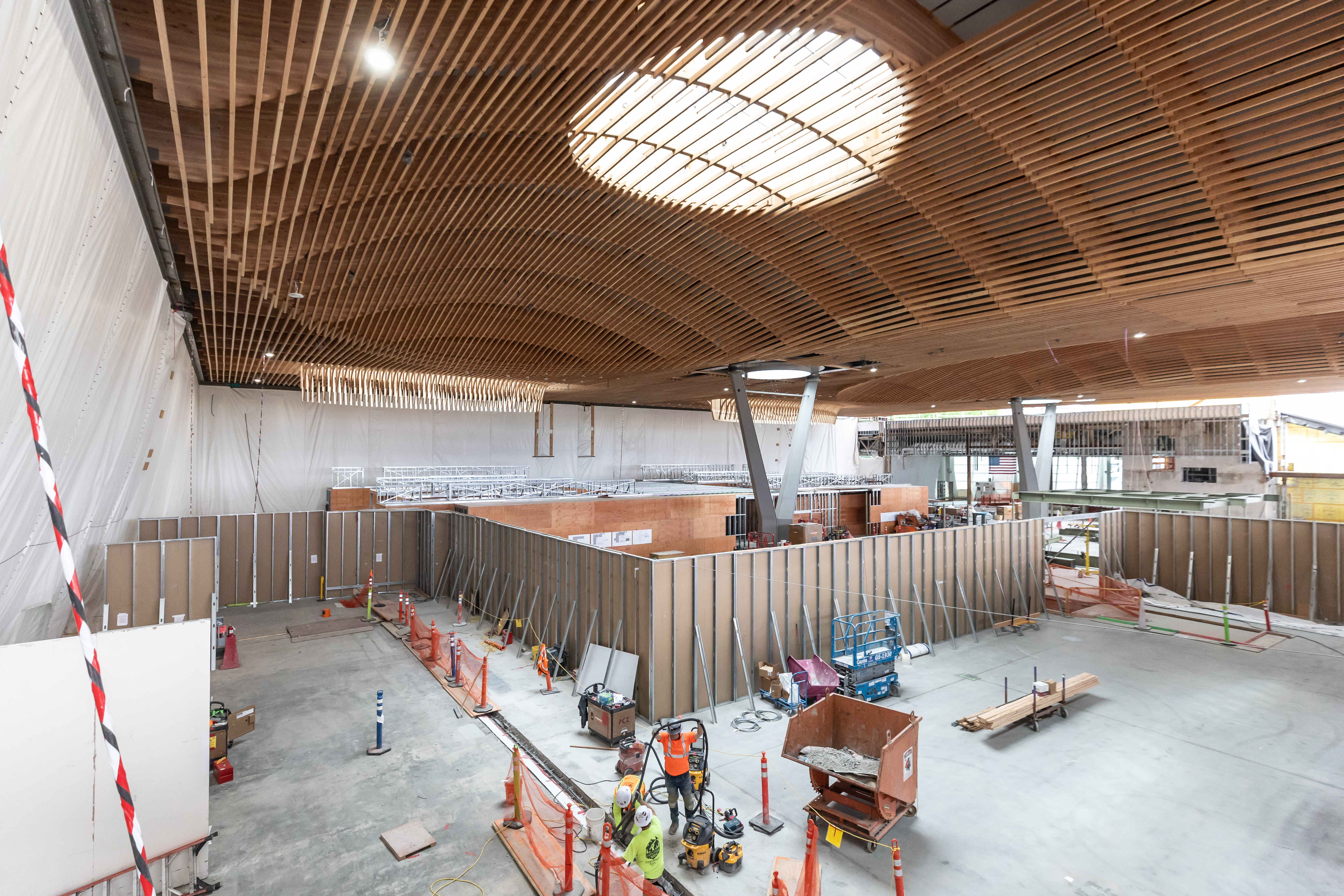Artists sought to turn Klondike Kate’s rocks into a sculpture
Published 12:29 pm Tuesday, November 21, 2017

- Nate Pedersen shows some of the rocks he’s obtained, all of which are believed to have been part of Klondike Kate’s chimney, in 2015.(Bulletin file photo)
A huge collection of rocks and petrified wood from the chimney of famed early Bend resident Kate Rockwell, better known as Klondike Kate, have been kept in storage by the Deschutes Historical Museum for more than two years.
In that time, the museum was not sure what to do with the more than 600 pounds of material.
But now the museum has a plan to turn the rocks and petrified wood into a sculpture to honor Rockwell, who made her name as a vaudeville singer and dancer in Canada’s Yukon Territory during the Klondike gold rush and later moved to Bend where she was known as a rock hound who collected precious stones in the High Desert.
“Kate used to construct little art projects out of some of this material,” said Kelly Cannon-Miller, Deschutes Historical Museum director. “The idea was maybe we could replicate something using the same material.”
The museum is accepting proposals from artists, with a deadline of Dec. 4. An artist will be selected in March and the sculpture will be unveiled in the fall.
Cannon-Miller said she is open to various artistic interpretations, and the sculpture can incorporate as little or as much of the rock materials as the artist desires. The sculpture will sit next to a grove of aspen trees on the southeast corner of the museum property.
The budget for the project is $12,000, which is being covered by the family and friends of Bend native Charlene Blahnik, a local artist who died in February at 79.
Blahnik’s family reached out to the museum and asked if there was a project they could support in her memory. The Klondike Kate sculpture was the ideal project, Cannon-Miller said.
“We had this idea for a project that merged art and history and would be a perfect way to memorialize Charlene by creating a piece of art that celebrated these strong women of Deschutes County,” Cannon-Miller said.
Blahnik created a variety of artwork over the years, from abstract paintings to stained glass windows and jewelry. She earned multiple honors, including having a painting displayed in the Wyoming U.S. Congressional offices.
“She’s done it in every medium,” Blahnik’s husband, David Blahnik, said. “Everything but welding.”
David Blahnik said a sculpture celebrating the creative and independent women of Deschutes County is a fitting tribute to his wife and Klondike Kate.
“Charlene was kind of a pioneer, so to speak, in artwork,” he said. “In my view, I think there were two projects looking for a home and all of sudden this seems to work. We have this famous woman and this not so famous woman and they bring different things to the table.”
At the height of Rockwell’s fame in the Yukon at the turn of the 20th century, she was earning $750 a night, according to Nate Pedersen, local historian and president of the Deschutes County Historical Society.
After a high-profile relationship fell apart with a theater manager, Alexander Pantages, Rockwell took her act on the road and eventually homesteaded on 320 acres near Brothers in 1912.
“Kate fell in love with the High Desert and thought of it as this place that she could always return to and restore her soul,” Pedersen said. “By the time she shows up here, she has lived a really full life already. It was the first time in her life she was really on her own.”
Rockwell moved to Bend in 1917 and became a popular figure around town, earning the nickname, “Aunt Kate.” She later moved to Sweet Home, where she died in 1957 at the age of 76. Her ashes were spread near her old homestead by Brothers.
Throughout her time in the High Desert, Rockwell became one of Oregon’s first rockhounds collecting attractive stones such as agates, thundereggs and obsidian. She used her rock collection to build her home’s rock chimney at 231 Franklin Ave. in Bend. In 1985, the home was demolished and the rocks were never recovered.
Pedersen, who wrote Rockwell’s entry in the Oregon Encyclopedia, was able to track down the rock material in 2015. He met with a member of the Columbia Gorge Rockhounds, who found the rocks posted on a Craigslist ad.
Pedersen is excited to see how artists incorporate the rock material into the sculpture and create a lasting legacy of Rockwell.
“She is a beloved figure locally,” Pedersen said. “For a lot of people, she represents an early version of feminism. She was a woman who was constantly recreating herself and living by her own rules.”
— Reporter: 541-617-7820, kspurr@bendbulletin.com






